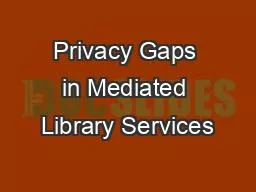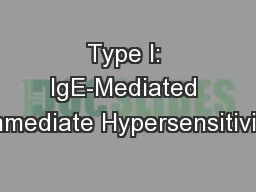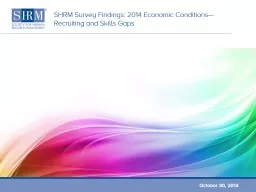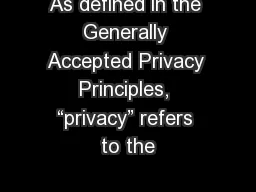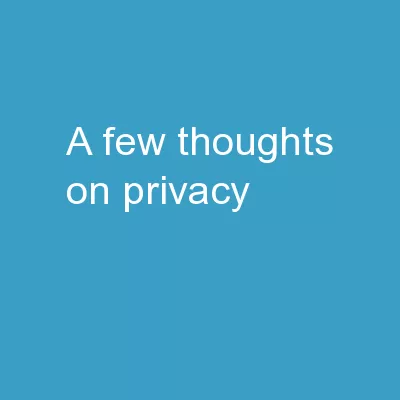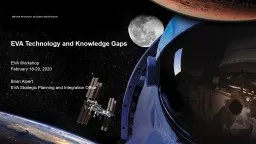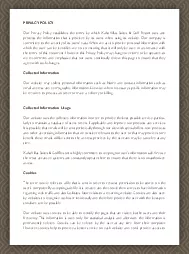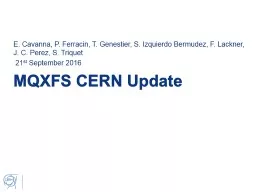PPT-Privacy Gaps in Mediated Library Services
Author : dollysprite | Published Date : 2020-06-15
Micah Altman lt micahaltmanalumnibrownedu gt Director of Research Center for Research in Equitable and Open Scholarship MIT Libraries Prepared for NERCOMP 2019
Presentation Embed Code
Download Presentation
Download Presentation The PPT/PDF document "Privacy Gaps in Mediated Library Service..." is the property of its rightful owner. Permission is granted to download and print the materials on this website for personal, non-commercial use only, and to display it on your personal computer provided you do not modify the materials and that you retain all copyright notices contained in the materials. By downloading content from our website, you accept the terms of this agreement.
Privacy Gaps in Mediated Library Services: Transcript
Download Rules Of Document
"Privacy Gaps in Mediated Library Services"The content belongs to its owner. You may download and print it for personal use, without modification, and keep all copyright notices. By downloading, you agree to these terms.
Related Documents

